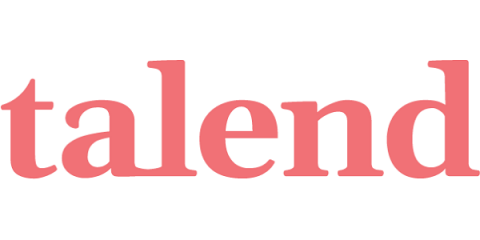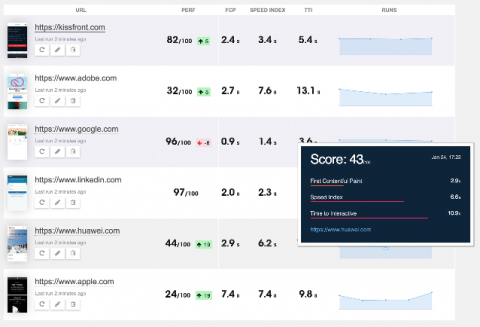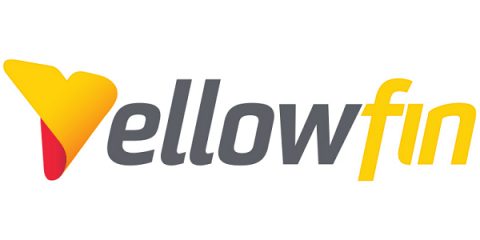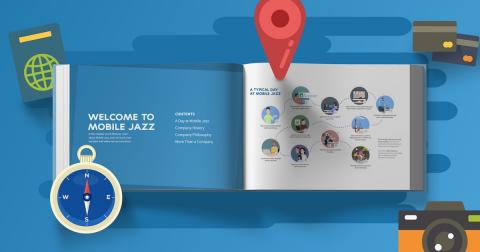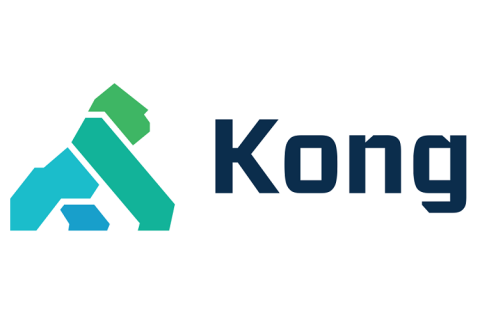6 Ways to Start Utilizing Machine Learning with Amazon Web Services and Talend
A common perspective that I see amongst software designers and developers is that Machine Learning and Artificial Intelligence (AI) are technologies which are only meant for an elite group. However, if a particular technology is to truly succeed and scale, it should be friendly with the common man (in this case a normal software developer).


